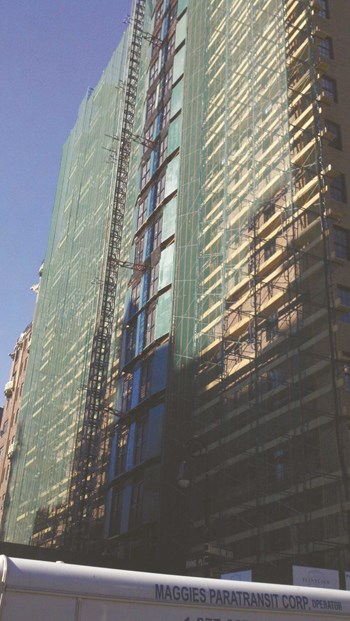
Nowadays, almost every co-op and condo board member and every board manager knows about Local Law 11 inspections. The law and its predecessor, Local Law 10, were originally enacted to make building facades safe and to protect pedestrians below. There are now about 12,500 buildings in the city—condos and co-ops included of course—that are subject to Local Law 11.
Like many laws and regulations, Local Laws 10 and 11 were prompted by tragedy. Local Law 10 was passed and signed into law in 1980 by then-Mayor Ed Koch after a Barnard College student was killed in May 1979 by a piece of terra cotta that fell from a building.
Under that law, the facades of buildings of more than six stories had to be inspected every five years by a licensed engineer or architect and certified as safe. Serious deficiencies had to be corrected and the building given a second inspection.
Later, other accidents—including the death of a 16-year-old student struck by a falling brick, a parapet collapsing in back of a building, and a shower of debris that fell from an office building on Madison Avenue, led to efforts to tighten up Local Law 10. The result was Local Law 11, passed in 1998.
One of the main differences between Local Law 10 and Local Law 11, according to Wayne Bellet, head of Manhattan-based Bellet Construction Inc. was that under Local Law 10, only the front façade, plus side-walls up to 25 feet from the street had to be inspected. Under Local Law 11, on the other hand, all the building’s façades have to be inspected. The only exception is for walls that are 12 inches or less from the wall of an adjacent building.
One of the reasons why the area to be inspected was expanded, says Maurice Schickler, president of Preventive Maintenance Inspections, Inc., was to protect building superintendents and others who work in the back of buildings.
“If you look back throughout history,” Schickler adds, “even going back into the late 19th and early 20th centuries, there were articles in newspapers depicting pieces falling off buildings.” The hazard posed by such incidents may be obvious, but the deaths of passers-by were what finally prompted legislators to take official action.
From a Scaffold
Another important difference between Local Laws 10 and 11 is that under Local Law 10, facade inspections didn’t even have to be done from a scaffold—they could have been done as a “visual inspection” from nearby, with binoculars or a telescope. Under Local Law 10, an engineer or architect could also opt to examine conditions from a building's exterior fire escape.
Under Local Law 11, that all changed. The physical inspection has to consist of at least one drop from a scaffold or other observation platform. The requirements for who goes up in that scaffold, and who must be nearby, have changed over time as well—though more about that in a moment.
There are some complications about which buildings have to be inspected under Local Law 11. The law applies to buildings with more than six stories above the basement. There is a difference, says architect David May, principal with Manhattan-based SUPERSTRUCTURES Engineers + Architects, between a “basement,” which is more than half above grade level, and a “cellar,” which is 50 percent or more below grade level and not counted as a story.
Basically though, says May, “The law is essentially seven stories and above — it doesn’t matter whether it’s residential or commercial.” He adds, incidentally, that a “local law” is written and passed by the City Council as a “skeleton,” and then it becomes part of the Building Code. “The city Department of Buildings (DOB) then fleshes it out with rules.”
Broken Down Into Cycles
Local Law 11 inspections are broken down into cycles. We are now in the seventh cycle of Local Law 11. Cycle 7 inspections began on February 10, 2010 and will run through February 21, 2013. Unlike in the past however, this cycle has been broken into three staggered sub-cycles, with buildings identified and put into one of these sub-cycles by the last digit in their block number (as in “block and lot number”).
For example, says May, the second sub-cycle began in February and runs through August 2012. If this sounds confusing, this information can be examined in greater detail on the Local Law 11 section of the SUPERSTRUCTURES’ website found at (www.supers tructures.com).
There are other changes as well. According to May, the DOB now has “a much stiffer set of requirements” regarding recommended repair dates so that conditions needing fixing won’t become unsafe between this inspection and the next one. Because of new technology, he says, “The DOB is in a much better position to track this.”
Yet other changes are mentioned by Stephen Varone, AIA, president and founder of Rand Engineering & Architecture, PC in Manhattan. Now, he says, the inspection report needs to be filed no later than 60 days after the inspection. “What used to happen was that you had to file a report within the given window. If there was, say, a two-year window, you could have done an inspection on the first day of the two-year window and filed on the last day.”
While the benefits of such a tightened-up requirement are obvious, it still can present problems, says Varone. “If an engineer conducts the inspection on June 1, he writes it up in June, sends the report to the client to review on July 1, the client has to send it back to the engineer, and he has to file it. A typical board might not meet in the summer.”
The board or manager has to be aware of the process and review and sign the report right away, even if it entails calling a special meeting. If the engineer and the board don’t meet the timeline, Varone says, “reinspection can be costly.”
Another new requirement, says Varone, is that the engineer or architect who stamps the inspection has to actually be at the site, conducting the inspection. In the “old days,” Varone says the professional signing off on the inspection didn’t have to have been to the building, and the inspection could have been conducted by a junior engineer who isn’t a licensed PE, or even in some cases, by the tradesmen who were doing the rigging, who then reported back to the professional. “A junior [engineer] can still do the drop [from the scaffold],” says Varone, “but the [fully licensed professional] who files the report has to be at the site, supervising.”
To reflect the change, the terms “registered architect” and “professional engineer” have been replaced by the term “qualified exterior wall inspector” in the newer law. According to Bellet, as far as the contractor itself is concerned, one of the two workers (typically the foreman) who accompany the professional must have at least 32 hours of formal instruction.
'Carryover' Conditions
Still another way that requirements have been tightened includes “carryover” conditions from previous inspections. In the past, says Varone, if a condition wasn’t technically unsafe, “Buildings could carry over the same `laundry list’ [of conditions that had to be fixed] every time.” Under Local Law 11 jargon, conditions can be either “safe,” “unsafe,” or “SWARMP,” which is shorthand for “Safe With a Repair and Maintenance Program.”
“Now it’s different,” says Schickler. “If the laundry list is left undone, the Department of Buildings [which enforces Local Law 11] will call it unsafe even it it’s not truly unsafe.” That’s why it’s important for a board or manager to make sure their contractor has taken care of any “pre-existing conditions” (to use a non-buildings phrase) before a new inspection is done.
Another requirement, according to Tony Malatos of KNS Building Restoration in Middle Village, Queens, is that any exterior restoration project over 14 stories now requires “a New York City-certified site safety manager.” That is mandatory, Malatos says.
Another part of the law that is being enforced more stringently, Schickler continues, is the part requiring window air conditioning units to have supporting brackets, either on the inside or outside. “Last year,” he recalls, “a window air conditioning unit fell onto the street—it made the 11 o'clock news, although fortunately nobody got hurt. If the photos you send in [to the DOB] show window air conditioners without brackets, it’s rated as an unsafe condition.”
Violations
When a truly (as opposed to administratively) unsafe condition is discovered during inspection, the DOB will send its own inspector to look at the place. Even if repairs are in progress and adequate safety measures are in place, the inspector will still issue one or more DOB violations.
According to the SUPERSTRUCTURES website, these citations are used mainly to track cases and encourage timely repairs. The more serious Environmental Control Board (ECB) violations usually involve court appearances and penalties, inconveniencing building managers or officers. If a DOB inspector finds, upon reinspecting an unsafe condition, that repairs are not underway and adequate safeguards are not yet in place, that inspector could write an ECB violation.
In addition, under the new Local Law 11 rules, “An owner who fails to file a critical examination report will face a penalty of $1,000 per year, with an additional $250 per month penalty for late filing.” Also, “An owner who fails to correct any unsafe condition will face a penalty of $1,000 per month, until the condition has been corrected, and an acceptable amended report has been filed. The penalty may be waived if the owner has been granted an extension.”
Problems
One common problem that buildings might find while doing Local Law 11 inspections is that during the inspection or repair process, other problems that have to be addressed may come to light. If the problem is big enough, says attorney C. Jaye Berger, of the Manhattan-based Law Offices of C. Jaye Berger, “It could be very expensive. Some buildings are able to refinance their mortgage and get money [for unexpected repairs] that way, while others have to have an assessment.”
Malatos suggests that co-op or condo buildings prepare early on for Local Law 11 projects, whether they are seeking a loan, refinancing or an equity line of credit. It tends to be a long, time-consuming process, especially if the project being financed is costly, needing both approval from a board and a financial institution. “The last couple of projects we've done, I remember we had to wait about two years before the building could get financing because it was over $5 million,” says Malatos.
Remember, It’s the Law
Most of the time, building managers are advised to take care of problems that contractors and inspectors find posthaste. May, who is also president of his own 215-unit co-op in Midtown, recalls, “While the contractors were there [doing a Local Law 11 inspection], we bid on a new roof, which was needed, and also asked for a price for a roof deck. We ended up with a façade that was up to code, and also a roof and roof deck.” The co-op ended up paying less because it didn’t have to pay for another rigging team to go up to assess the roof for the repair and deck project.
Similarly, Schickler says, “I suggest you do an entire check of the building, top to bottom, and set up a maintenance program for your building. If you do an inspection first, you know exactly what you need, and you can go forward.”
When a manager or board gets an inspection report from a professional detailing work that has to be done before the next Local Law 11 inspection, the city requires that report to have a timetable by which the work has to be done. Varone recommends that co-op and condo administrators set up their own timetable to do the work before it’s recommended—and most importantly, that they budget for the work in advance.
Occasionally, co-ops and condos do feel fallout from Local Law 11 inspections and other façade work. “Every time you do work with facades,” says Berger, “it’s a little open-ended. You can’t always see and fix brick No. 15 on the sixth floor. Sometimes contractors selectively fix things as they come down on the scaffold—it’s a little hard to say later on, `Oh, you should have done this, oh, you didn’t do that.' That’s why boards should be very careful to go to an attorney who is familiar with this field to give them good advice about contractual relations.”
Regardless of the time, labor and cost involved, buildings should never just ignore maintenance, Malatos says. And, emergency conditions should be addressed immediately, he says. “You got to keep up on your maintenance. That’s the most important, keep up on maintenance. But as far as financial costs, all restoration is based on freeze-thaw, hot weather, cold weather, hot weather, cold water, water infiltration—water freezing up. I guarantee you through this winter, with all the snow and the freeze-thaw [cycles], it'll be a lot more restoration work.”
Getting the News
There are several ways to get the news of changes to Local Law 11. Engineers and others who specialize in façade work, for example, are always sending out bulletins and releases, or putting notices on their websites. Buildings-related organizations and the DOB itself are also good sources.
Remember, however, that the information is often very complicated—what we’ve given here is by no means complete—and is best understood by a trained professional. Be sure you hire reputable professionals to handle your building's inspection and repair work, and check them out beforehand. Do your research—ask for references and make sure they’re experienced and reliable. Remember, Local Law 11 is for the safety and benefit of all, and your building community can do its part by working with professionals and staying on the right side of the law.
Raanan Geberer is a freelance writer and editor living in New York City.



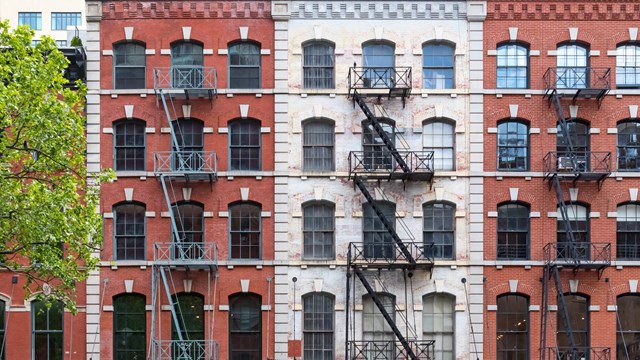
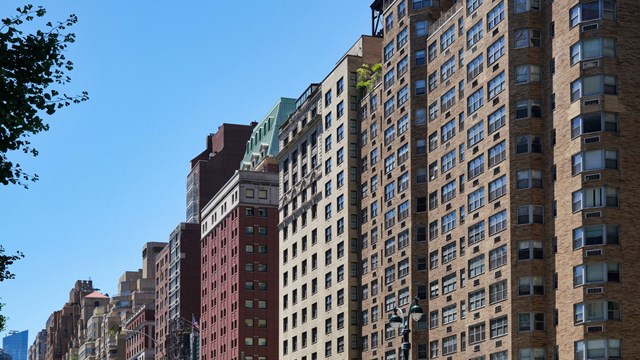
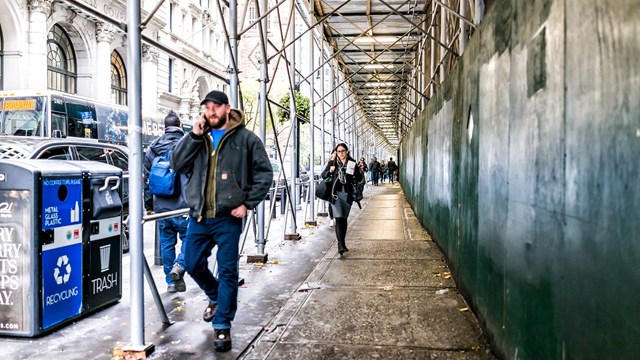

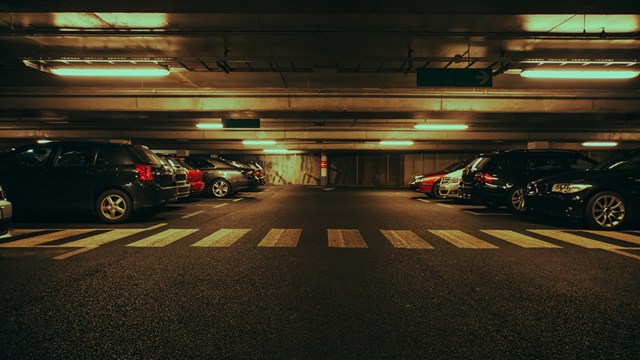
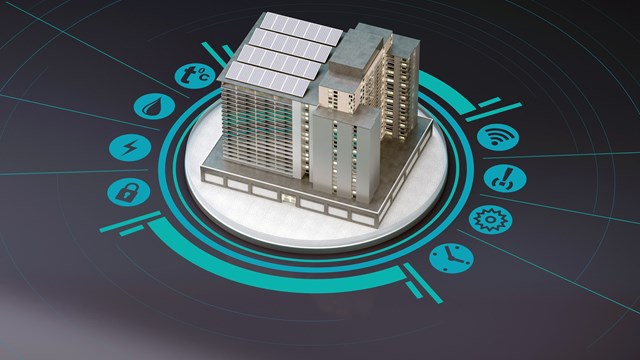
6 Comments
Leave a Comment